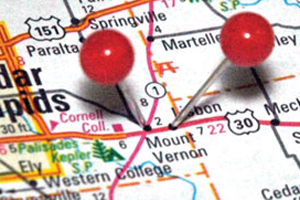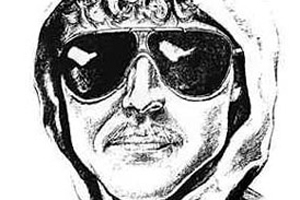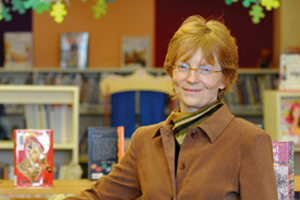Watering Hole
The Cornell administration once was, as older alums may recall, adamantly opposed to the consumption of alcohol. Students were not allowed to drink on or off campus, whether or not they were of legal age.

Therefore, a certain tavern on Lisbon’s south side, at 109 E. Main St., became very dear to the hearts of thirsty students. The bar served as a safe haven for those wayward Cornellians looking to have a swig or two (or three).
On Friday and Saturday nights, Lisbon’s Main Street would line with students’ cars— identifiable by the out-of-state license plates— outside the bar known to many as Bob’s. The building opened in 1876 as a millinery, not too long after Cornell first opened its doors, and its earliest known name as a watering hole was the Herold Batchelor Tavern. Now it is Bill’s Tap.
Cornell was dry in the beginning, and Mount Vernon was almost completely alcohol-free as well. The only person in the town allowed to distribute alcohol was the druggist— and that was just for medicinal use.
In 1881 one biology instructor and avid supporter of temperance, Eliza Jane Hyndman, was shocked by students’ disregard for the alcohol ban, according to Charles Milhauser’s Cornell College: 150 years from A to Z. Hyndman went so far as to hire a Chicago detective to go undercover as a student, collecting evidence against Cornellians who violated the rules.
Hyndman’s plan ended only in a large pile of legal fees, but students still had reason to be worried. Cornell had been known to expel students just for attending parties where drinks were being served.
It took 36 years after the United States overturned prohibition for Cornell to follow suit in 1969, making it possible for students to simply stroll to downtown Mount Vernon to imbibe. But Bill’s in Lisbon stands as a reminder of a more sobering age.



